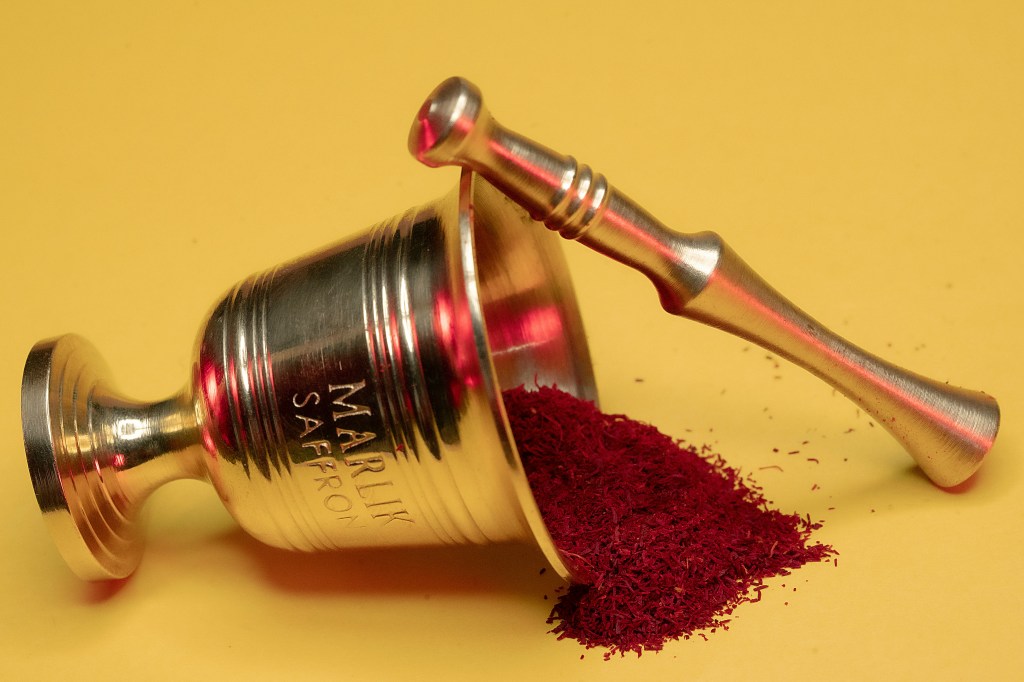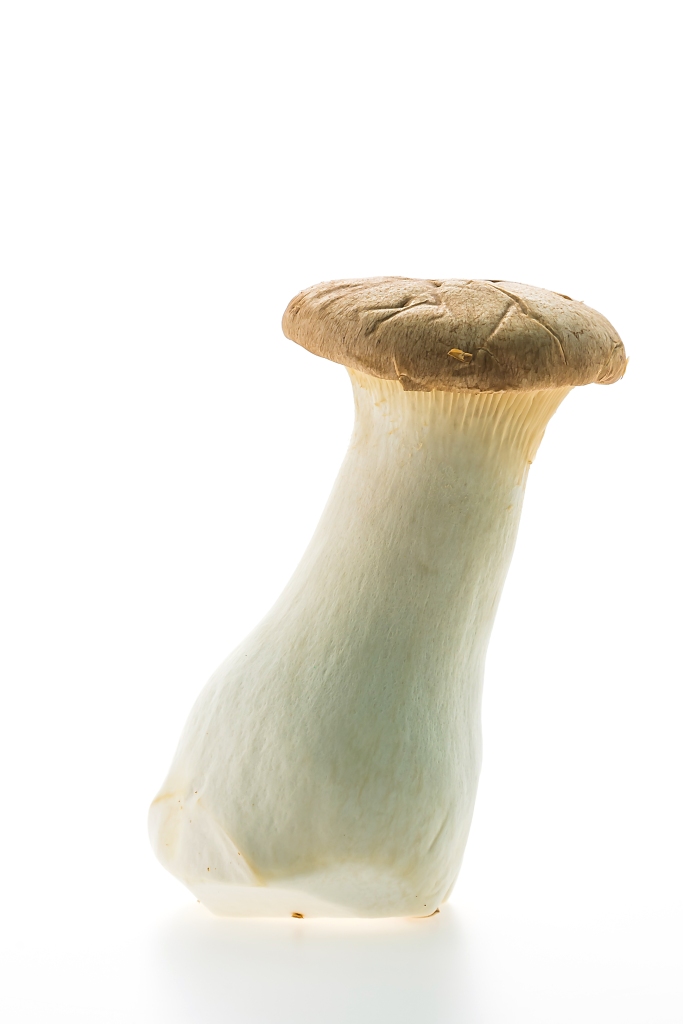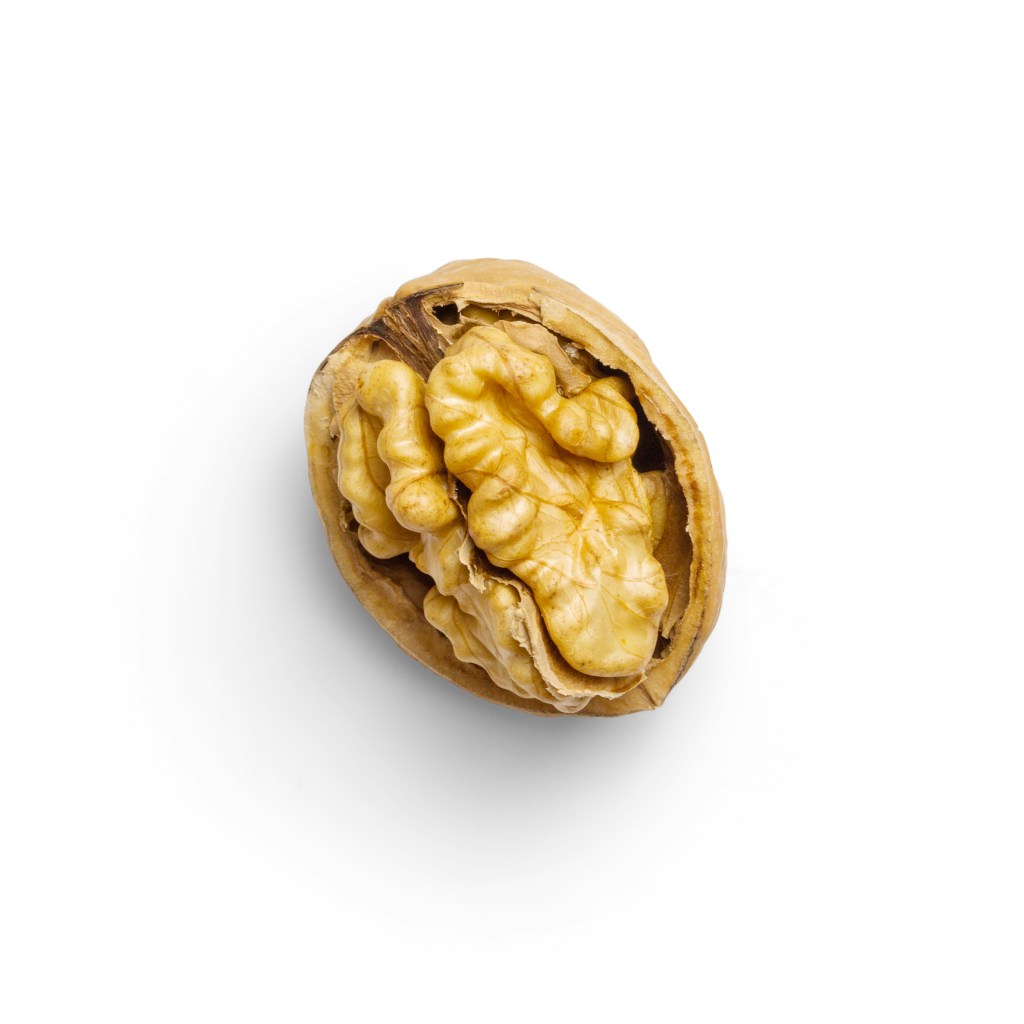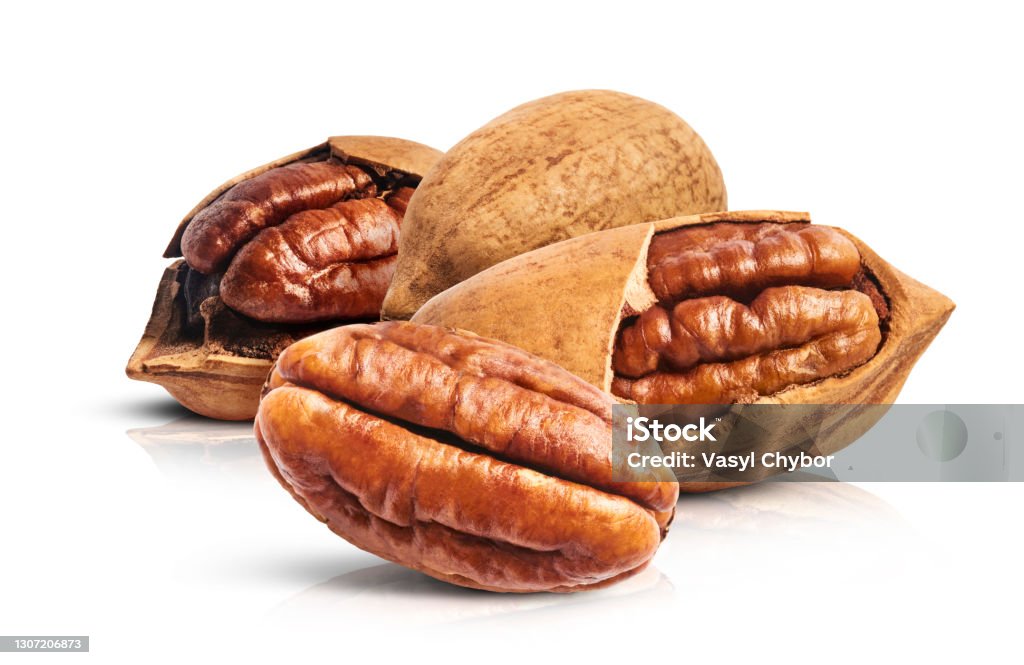The extraordinary story of saffron’s history, health benefits, and recipes

Image credit: Marlik saffron on Unsplash
Saffron—the most expensive spice in the world—is priced as gold, between $50-60 per gram for the Australian species, among 80 different varieties. Despite the price, the use in different cuisines is enjoyed, from Persian rice to chicken and potato dishes. In my personal opinion, I love the flavor in rice. I’ve tried it once, and I remember having it in my cupboard for a very long time.
Before we talk about recipes, or anything else. It’s a good start to delve into the origins, and history of this interesting spice. The origins are uncertain, but records show spice trade for centuries, dating back to Assyrian civilization during the 7th century BC. Other uses of saffron include religious rituals, cosmetics, and textiles during the bronze age and ancient Greece. An interesting fact, spice wars occurred due to this spice leading to the fall and rise of many cultures, making it the longest produced commodity till today.
The word saffron comes from the Persian word—Zaafaran—which means yellow flowers, or gold strung. Depending on your description, and eyesight. I’m not surprised with the name because when you dissolve one thread in water, it gives a red-yellowish, or golden color. The production is found all over the world from Asia, Europe, with 80-90% of production coming from Iran. The fascinating thing is that the only part used is the stigma, inside part, which makes up 7% of the flower. Lastly, the agricultural process is labor intensive for one gram.
Continue reading




 .
.